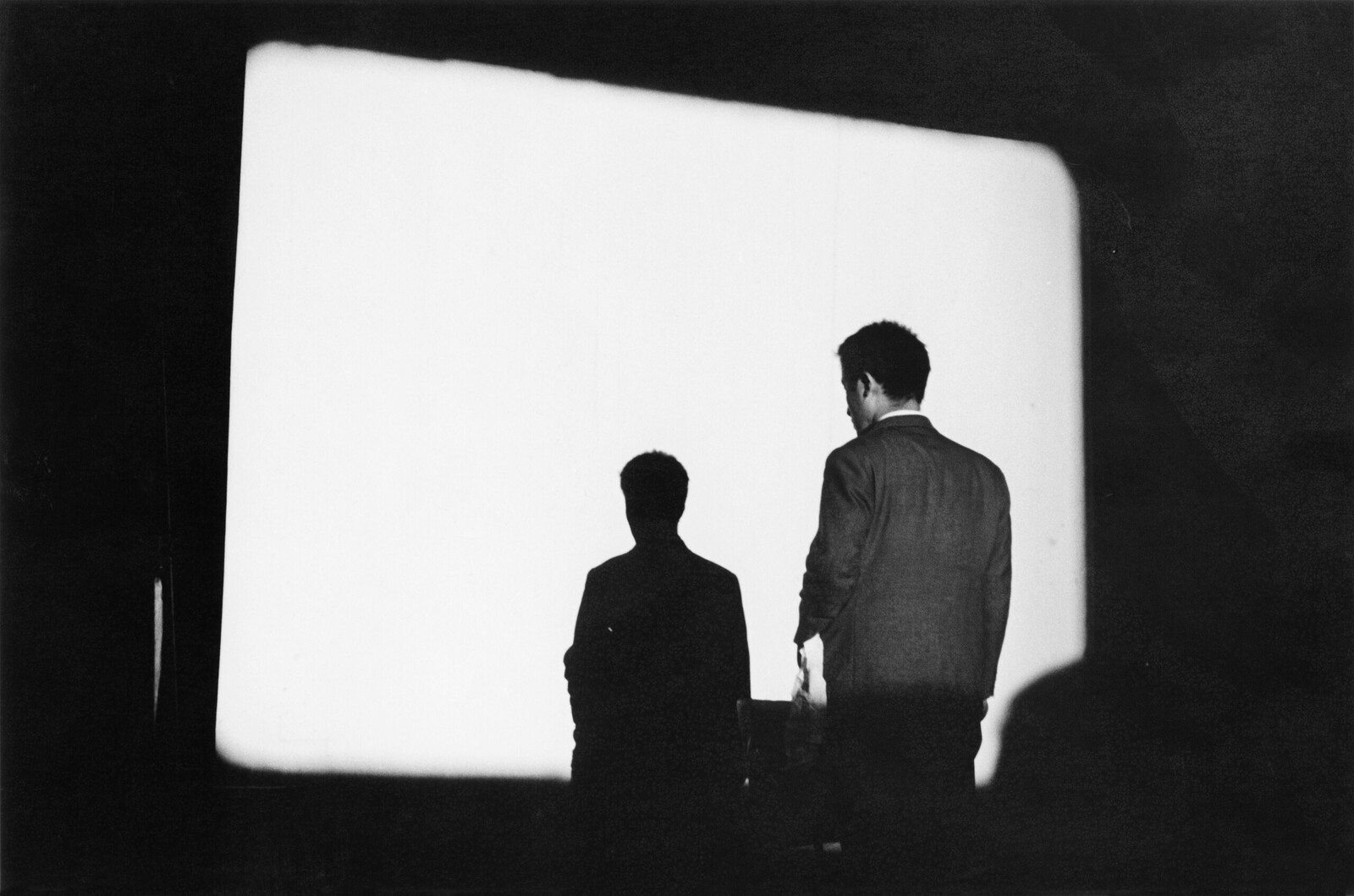I Expose the Music
March 17–August 27, 2023
U-Dortmund, Leonie-Reygers-Terrasse 2
44137 Dortmund
Germany
Nam June Paik liked to describe himself as “the world’s most famous bad pianist,” alluding to the musical and performative element in his work. The exhibition Nam June Paik: I Expose the Music by Museum Ostwall at the Dortmunder U presents the work of the video art pioneer by focusing on live moments that run like a thread through his artistic career.
The exhibition, which opens on March 16, 2023, shows approximately 100 works, including installations, sculptures, audio and video works, unusual scores, instructions for action and concepts, as well as photographic documents and posters. They illustrate how the audience directly experienced Paik’s performances and was actively involved, whether in a gallery space or in a live television broadcast. For the first time in Germany, the powerful s patial installation Sistine Chapel (1993) will be shown, which performs a remix of Paik specific pop/cultural history as an early example of multimedia immersion
The exhibition is curated by Rudolf Frieling (SFMOMA) in close cooperation with Museum Ostwall. It refers to the museum’s collection, which focuses on Fluxus. A central piece in the exhibition is part of the collection, Paik’s key work Schallplatten Schaschlik (1963/1980), with which visitors could create their own music mix.
Other chapters of the exhibition are devoted to Paik’s collaboration with Charlotte Moorman, his early work with Karlheinz Stockhausen and his hitherto little explored relationship with Dieter Roth . Various interactive works by Paik also involve the audience in this exh ibition, for example Random Access (1963) and Participation TV (1969/1982), in which visitors generate electronic sounds or images.
As a continuation of Paik’s never realised work Sinfonie for 20 Rooms (1961), four international artists have been invited to performatively refer to Paik’s work: Aki Onda, Autumn Knight, Annika Kahrs and Samson Young will use Paik’s score as inspiration for site specific works. Their guest performances reflect an essential aspect of Paik’s work and philosophy, which is inspir ed by artistic dialogue.
Aki Onda (March 16 to May 7) begins with Between Objects, Noted and Unnoted Sounds, an extended musical environment as a direct homage to Paik. As a traveller and aimless nomad between East and West born in Japan, he has Korean ancestors and lives in New York Onda feels connected to Paik. He understands Paik’s Fluxus legacy as the Zeitgeist of the avant garde of the 1960s in New York, as a contrary stance to the prevailing view of art at the time. From Paik’s work, he takes up both the ephemeral nature of performance and the absurd.

